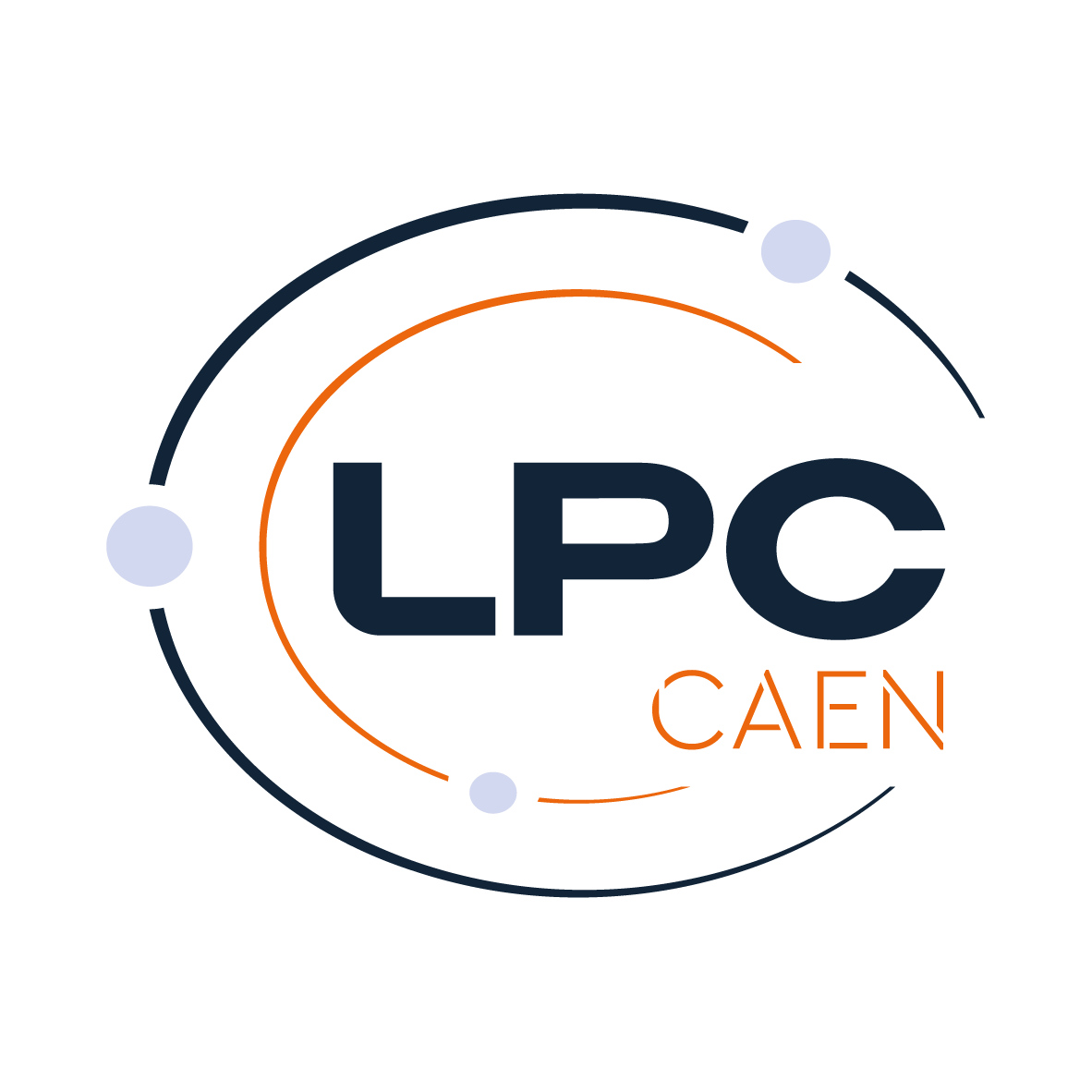Weekly Adaptive Radiotherapy vs Standard Intensity-Modulated Radiotherapy for Improving Salivary Function in Patients With Head and Neck Cancer
Résumé
Importance: Xerostomia is a major toxic effect associated with intensity-modulated radiotherapy (IMRT) for oropharyngeal cancers.
Objective: To assess whether adaptive radiotherapy (ART) improves salivary function compared with IMRT in patients with head and neck cancer.
Design, setting, and participants: This phase 3 randomized clinical trial was conducted in 11 French centers. Patients aged 18 to 75 years with stage III-IVB squamous cell oropharyngeal cancer treated with chemoradiotherapy were enrolled between July 5, 2013, and October 1, 2018. Data were analyzed from November 2021 to May 2022.
Interventions: The patients were randomly assigned (1:1) to receive standard IMRT (without replanning) or ART (systematic weekly replanning).
Main outcomes and measures: The primary end point was the frequency of xerostomia, measured by stimulating salivary flow with paraffin. Secondary end points included salivary gland excretory function measured using technetium-99m pertechnetate scintigraphy, patient-reported outcomes (Eisbruch xerostomia-specific questionnaire and the MD Anderson Symptom Inventory for Head and Neck Cancer questionnaire), early and late toxic effects, disease control, and overall and cancer-specific survival.
Results: A total of 132 patients were randomized, and after 1 exclusion in the ART arm, 131 were analyzed: 66 in the ART arm (mean [SD] age at inclusion, 60 [8] years; 57 [86.4%] male) and 65 in the standard IMRT arm (mean [SD] age at inclusion, 60 [8] years; 57 [87.7%] male). The median follow-up was 26.4 months (IQR, 1.2-31.3 months). The mean (SD) salivary flow (paraffin) at 12 months was 630 (450) mg/min in the ART arm and 584 (464) mg/min in the standard arm (P = .64). The mean (SD) excretory function of the parotid gland at 12 months, measured by scintigraphy, improved in the ART arm (48% [17%]) compared with the standard arm (41% [17%]) (P = .02). The 2-year-overall survival was 76.9% (95% CI, 64.7%-85.4%) in both arms.
Conclusions and relevance: This randomized clinical trial did not demonstrate a benefit of ART in decreasing xerostomia compared with standard IMRT. No significant differences were found in secondary end points except for parotid gland excretory function, as assessed by scintigraphy, or in survival rates.
Trial registration: ClinicalTrials.gov Identifier: NCT01874587.
Fichier principal
 Castelli et al - 2023- Weekly adaptive radiotherapy versus standard IMRT _20230116_jamaoncology_review2 without marks.pdf (1)
Télécharger le fichier
Online data.pdf (1)
Télécharger le fichier
Castelli et al - 2023- Weekly adaptive radiotherapy versus standard IMRT _20230116_jamaoncology_review2 without marks.pdf (1)
Télécharger le fichier
Online data.pdf (1)
Télécharger le fichier
| Origine | Fichiers produits par l'(les) auteur(s) |
|---|
